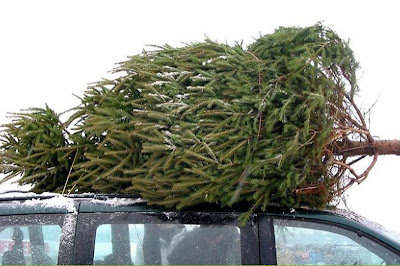Click here for the 'Seeds of Eaden' seed shop
I think it is always appreciated by friends and family at Christmas if you make key items such as the christmas cake and pudding. My mum makes a cake every year, which has a new decoration on it every year. My husband to be has 'encouraged' me me into making one each year too. Its a lovely tradition that I plan to keep going each year too.
This dark, rich Christmas cake is totally fruity and will serve 12 people.
INGREDIENTS
100g / 3.5 oz dried figs, chopped250 g / 9 oz dried mixed berries
100 g / 3 oz dried cranberries
100 g / 3.5 oz glace cherries, chopped
250 g / 9 oz dried mixed fruit
1 large hand stem ginger, chopped
1 orange, juice of
225g / 8 oz self raising flour
225g / 8 oz dark brown sugar
250 g / 9 oz butter
4 eggs
1 table spoon dark treacle
1 cooking apple, peeled and grated
100 ml Marsala
100 ml brandy
50 g / 2 oz chopped nuts
1 tablespoon mixed spice
1 tablespoon ground cinnamon
1/2 teaspoon ground nutmeg
Topping
450 g marzipan
4 tablespoon apricot jam
450 g ready rolled icing
 METHOD
METHOD
Place all the fruit and ginger into a large mixing bowl. Add the brandy, Marsala and orange juice and allow to soak for a few hours, preferably overnight.
Mix together the butter and sugar until creamed. Gradually add the egg with a spoonful of flour (to prevent it from curdling). Beat the egg in. Fold in the flour and spices. Add the soaked fruit and juice, and mix well. Stir in the nuts, treacle and apple.
Line a deep, 8" cake tin with greaseproof paper and spoon in the mixture. Level and make a hollow in the centre of the top to allow the cake to cook flat.
Put in a preheated oven set to gas mark 2/150C for 3 hours. The cake is cooked when a skewer comes out clean when placed in the centre.
Turn on to a wire rack to cool. Remove paper.
To ice, brush the cake with warmed apricot jam. Roll out the marzipan on a lightly dusted board and place carefully over cake. Shape and neaten. Repeat this step for the rolled icing.
Decorate with ribbon and cake decorations.
For related articles click onto:
Christmas cake
Christmas mince pies
Christmas puddings
Christmas recipes - mashed swede and carrots
Christmas recipes - Red cabbage with apple
Coffee and walnut cake
Ginger Bread House
Gingerbread Christmas Decorations
How to make Christmas cake
How to make Christmas mince meat
How to roast turkey
Recipe for Christmas pudding
What is Christmas?
What is mistletoe?
Why do we kiss under the mistletoe?















